Sclerotherapy remains one of the most effective treatments for spider and small varicose veins, helping patients achieve clearer, healthier-looking legs with minimal to no downtime. While many people are familiar with what happens during a sclerotherapy session, one of the most common questions patients ask is: “How[…]
October was Medical Ultrasound Awareness Month, a perfect time to highlight one of the most important tools in vascular medicine which involves the Non-Invasive Vascular Laboratory.
Early Signs of Vein Disease – What to Watch for Before It Gets Worse Vein disease doesn’t happen overnight, it develops gradually, often beginning with subtle symptoms that are easy to overlook. Maybe your legs feel heavy after standing all day. Perhaps you’ve noticed some swelling around your ankles or a few new[…]
At the Vein Institute of NJ at The Cardiovascular Care Group, exceptional patient care isn’t achieved by any one individual, it is the result of a coordinated team effort. Among the most integral members of that team are our Physician Assistants (PAs). They are the connection point between patients, physicians, and[…]
Understanding Your Options: Varithena, Sclerotherapy, Ablation Chronic Venous Insufficiency (CVI) is a progressive condition in which the veins in your legs cannot efficiently return blood to the heart, leading to pooling, pressure buildup, and often visible or uncomfortable symptoms. It’s estimated that up to 40% of[…]
Vascular disease encompasses a wide range of conditions that affect the blood vessels—arteries and veins—that circulate blood throughout the body. It's often progressive, meaning it tends to worsen over time, particularly when left unmanaged. Understandably, many people wonder: Can vascular disease be reversed without[…]



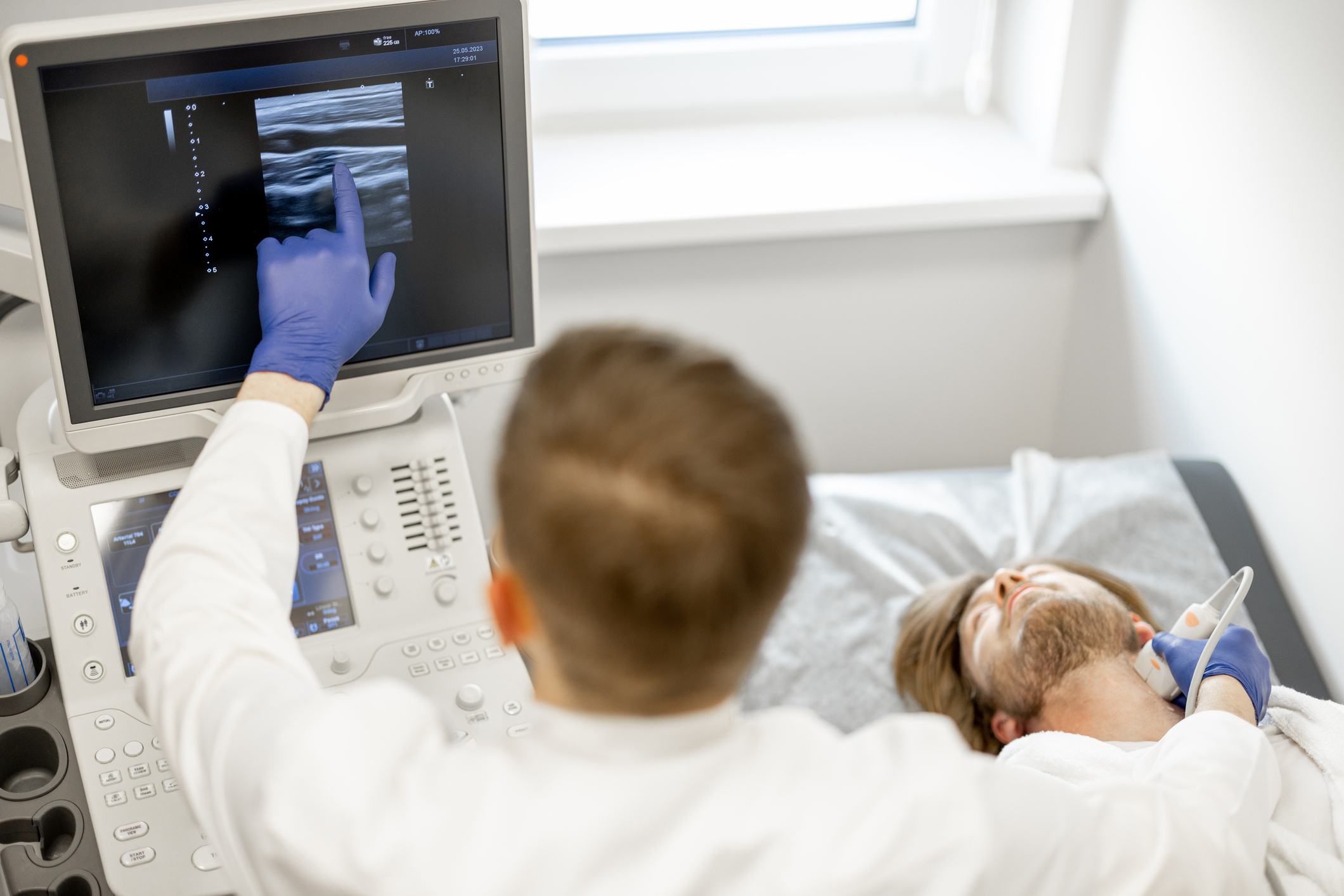
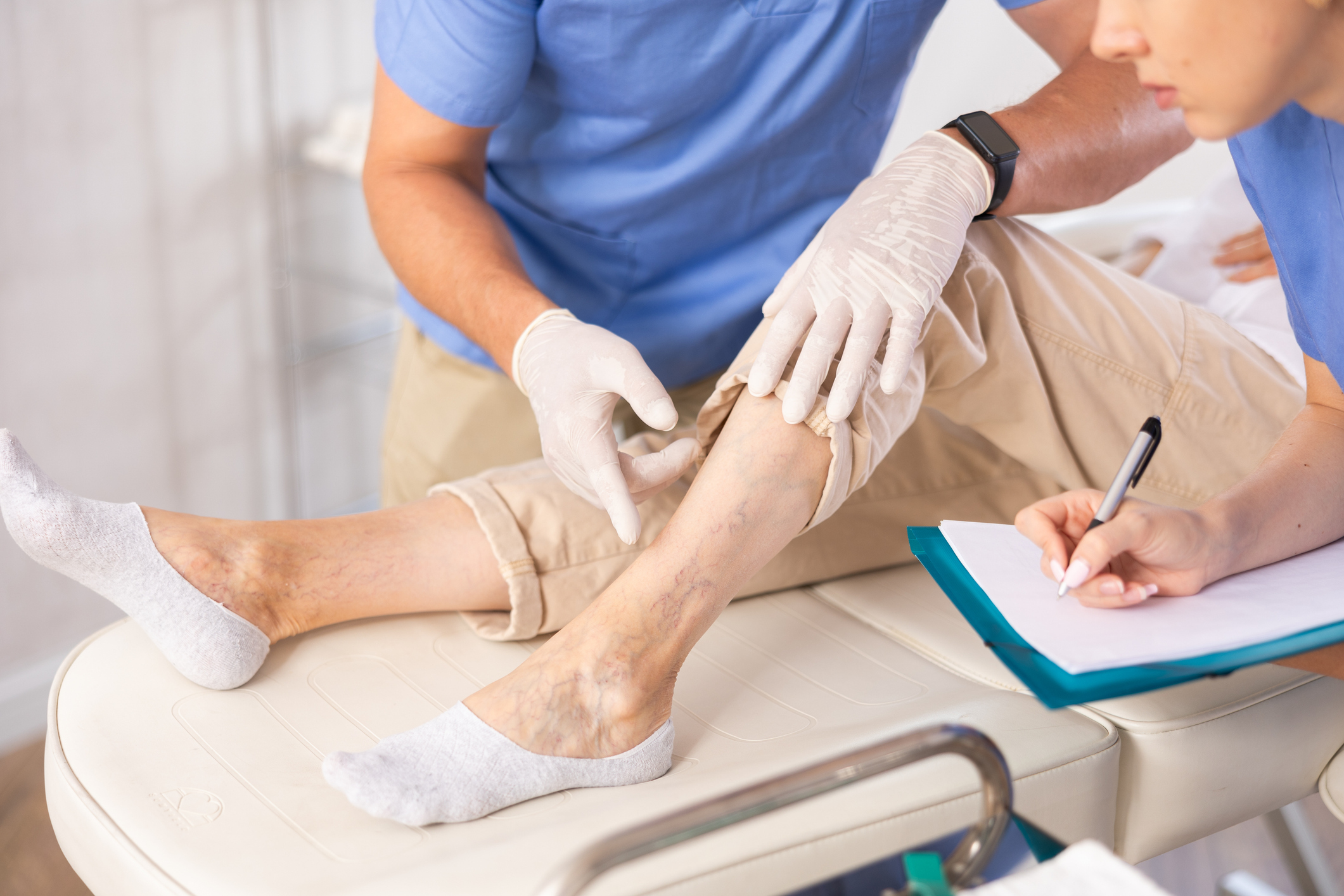
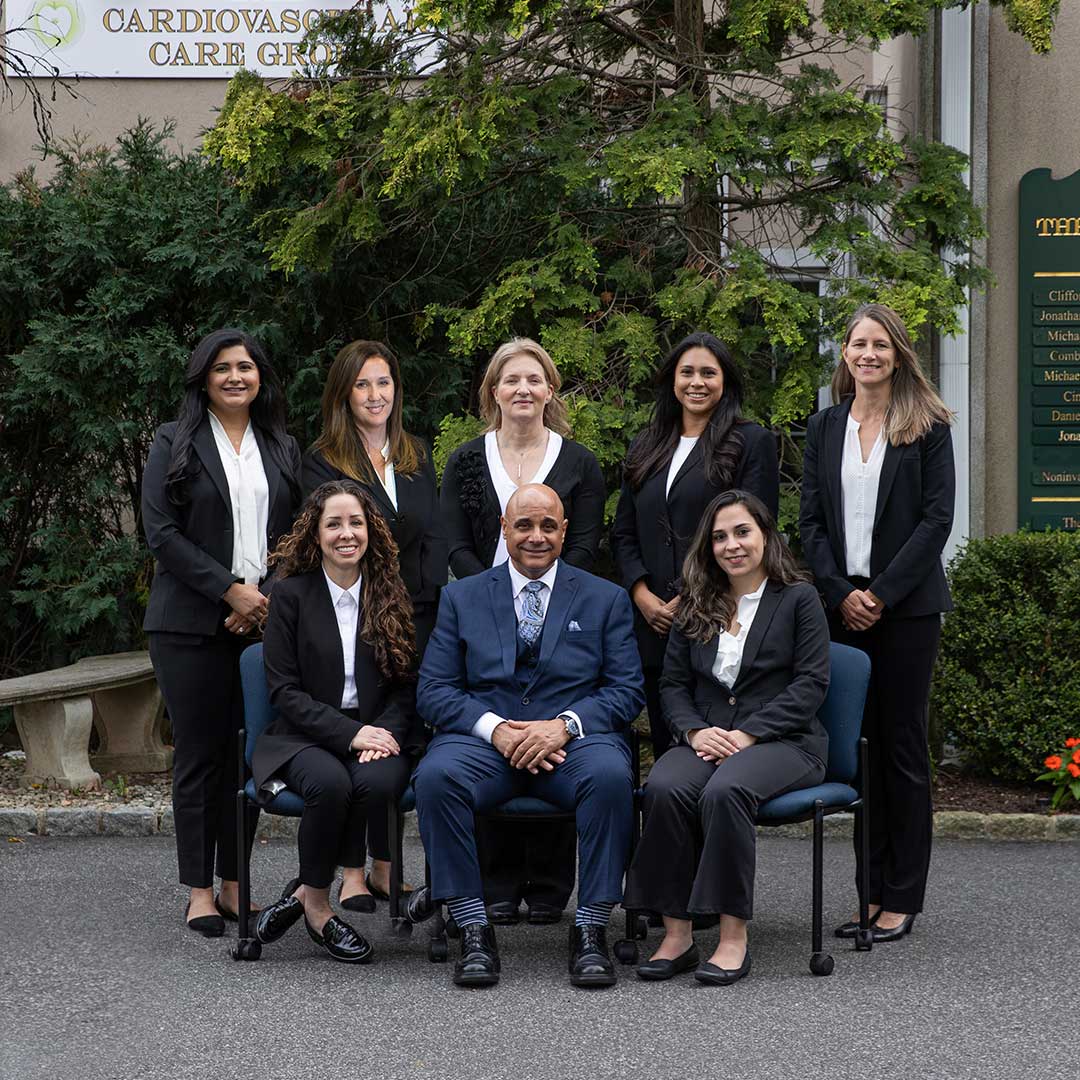
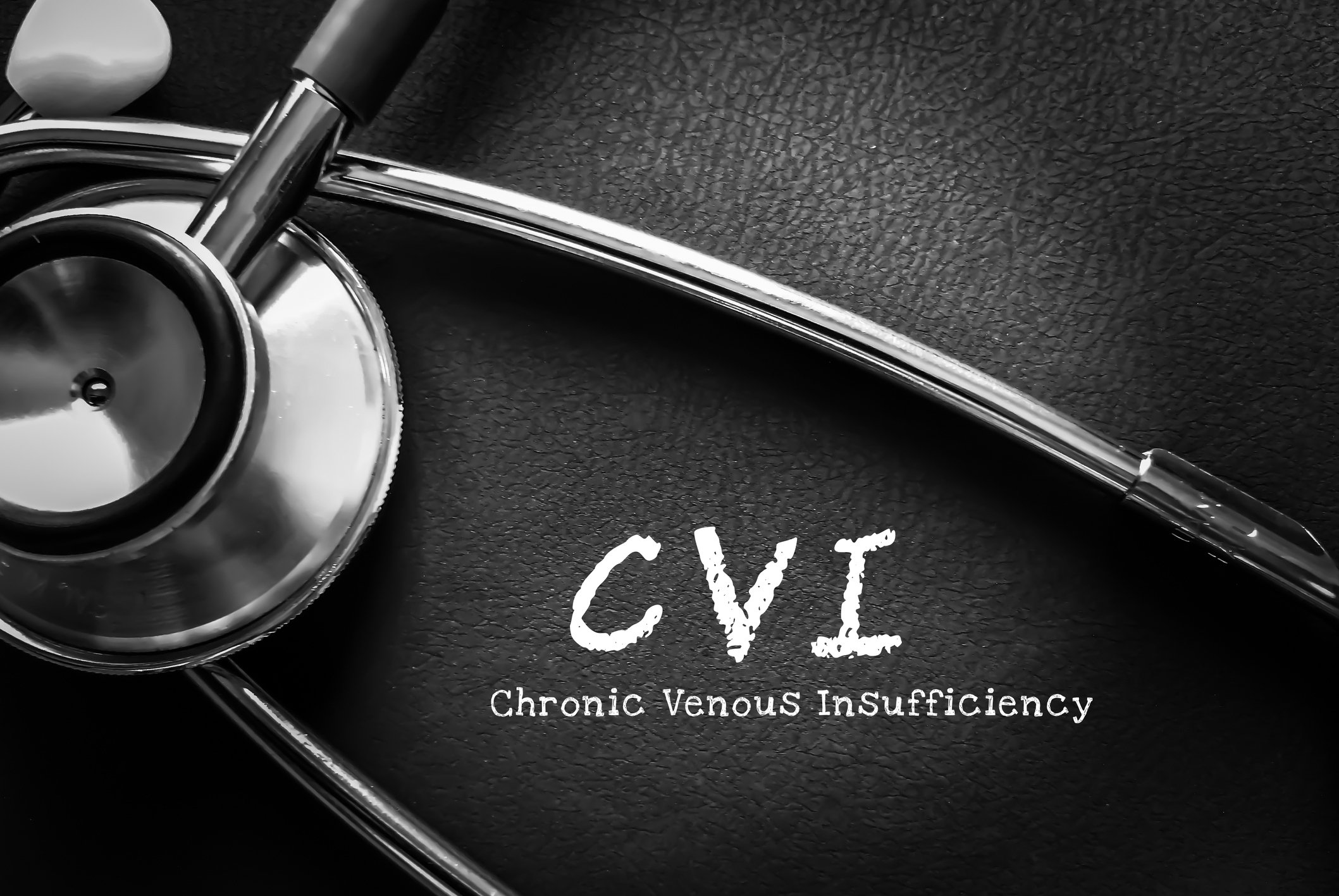
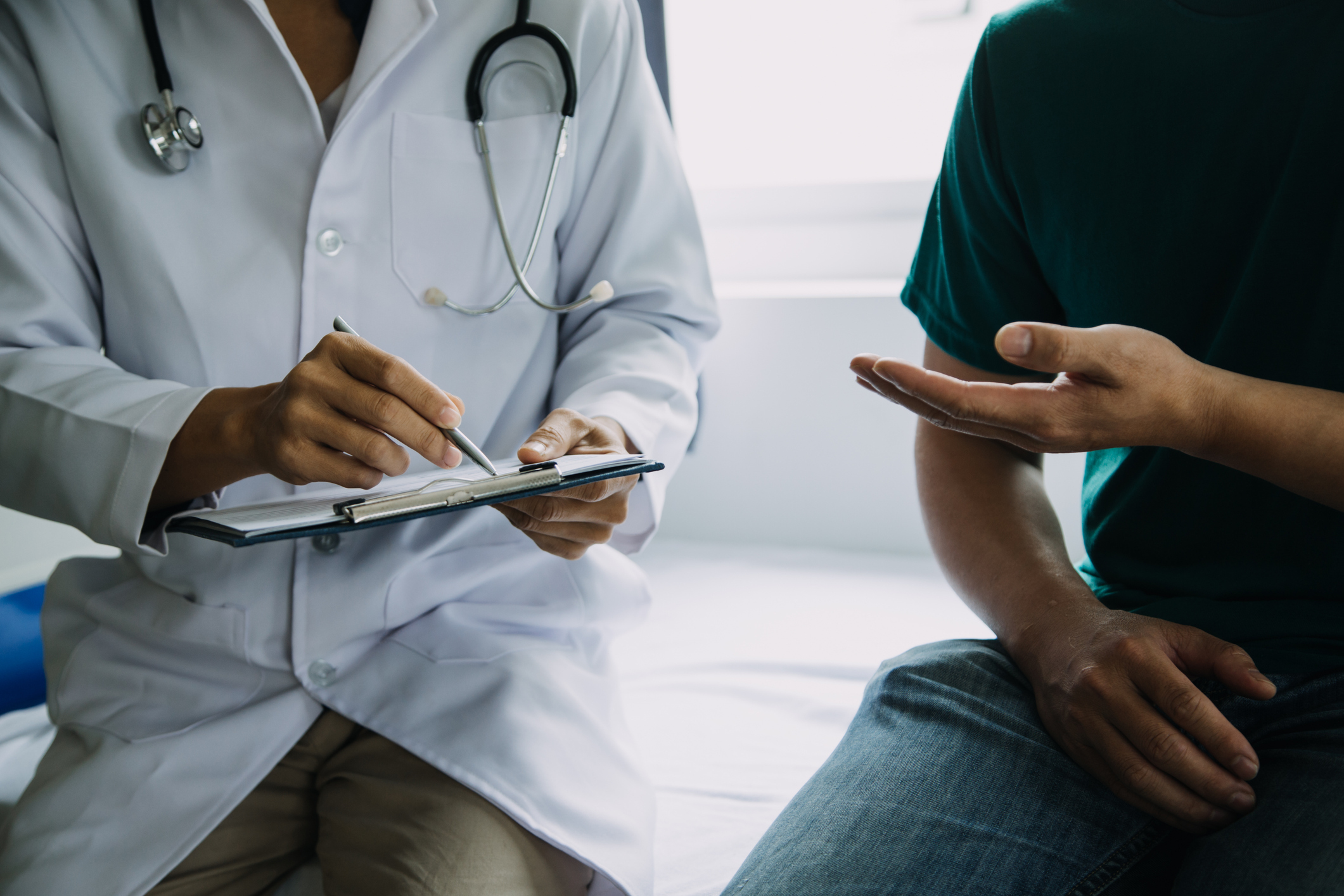





.jpg?width=944&name=Castle-Connolly-Top-Doctors-Emblem-Large%20(4).jpg)